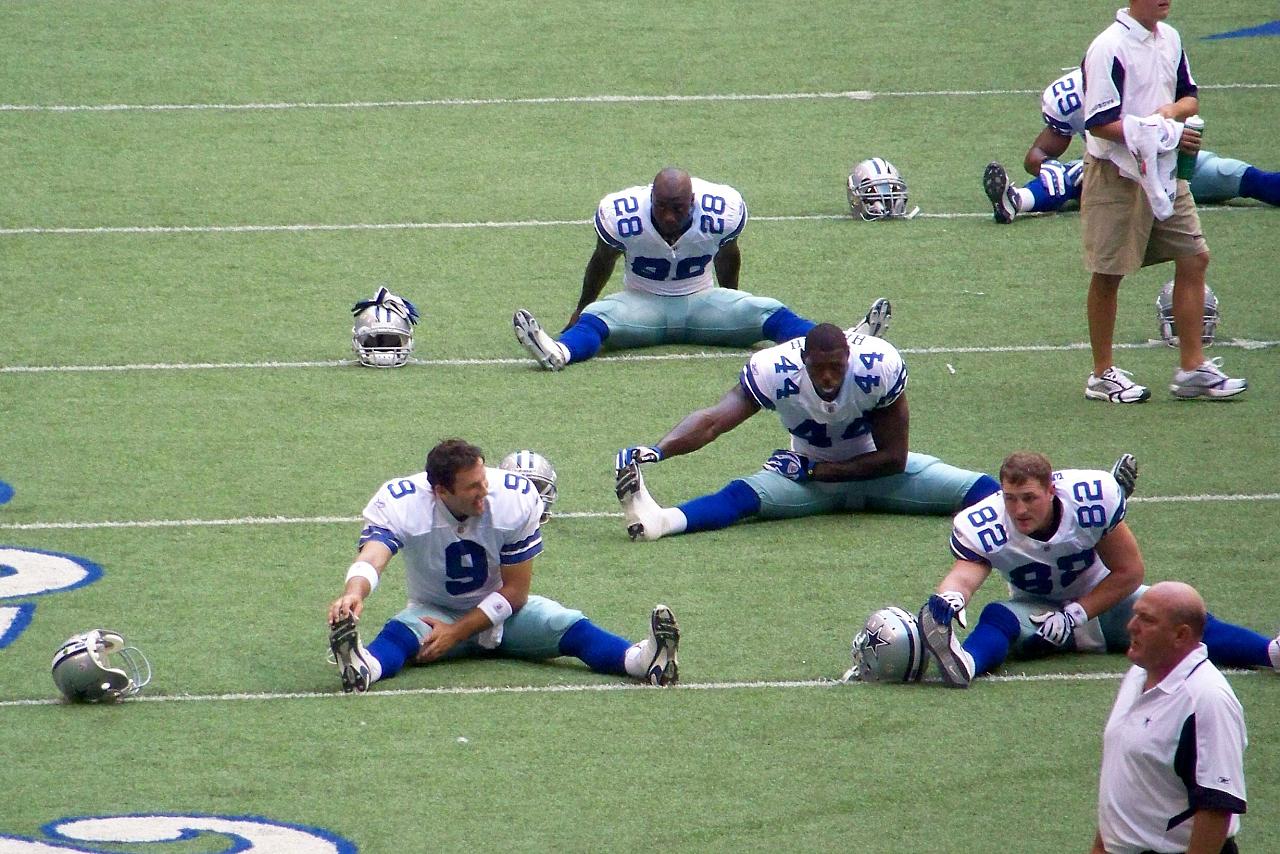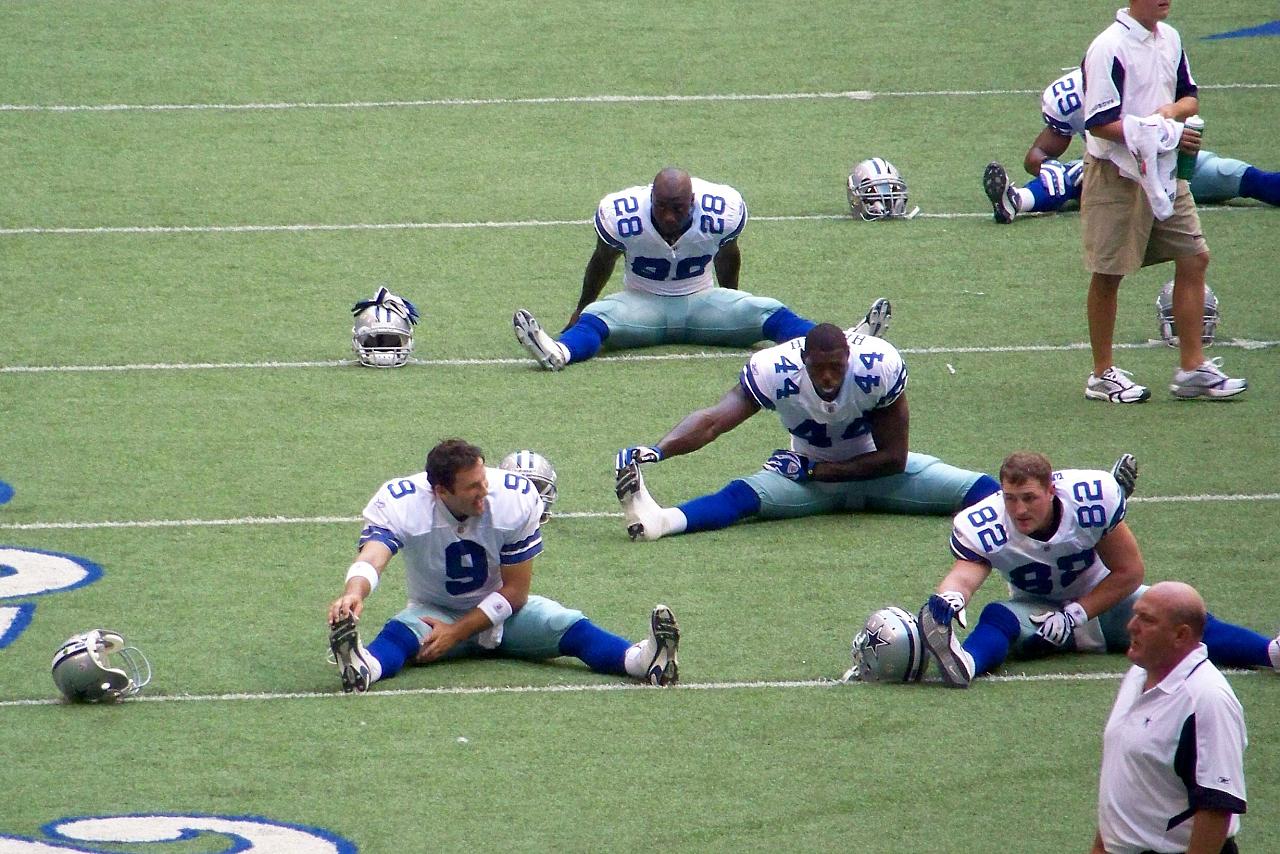
by Matt Waldman
Jadeveon Clowney is one of the headliners of the 2014 NFL Draft, but defensive end is not this year’s marquee position. One of the predominant reasons is the current prevalence of the 3-4 scheme in the NFL. A true 4-3 end capable of stopping the run and pressuring the quarterback at an equally high level has always been a rarity. While it’s possible that a team with a 3-4 scheme drafts Clowney and converts him to outside linebacker, the fact that the South Carolina defensive end has the potential to develop into a superstar 4-3 end is enough for him to earn top-five consideration in any draft class.
Remove Jadeveon Clowney from the equation and this class of defensive end prospects is not an exciting one. However, the NFL isn’t comprised solely of superstars. Teams still derive value from players that do one thing well. The popularity of the 3-4 defense, plus 2-to-3 years of development time, could make several of these defensive end prospects valuable contributors.
The names I’ve seen at the top of most draftniks’ lists lack the all-around game required of a 4-3 end. Most of these players will have to make some kind of switch. Some will move from defensive end to outside linebacker, others will become 3-4 ends, and a few might earn a shot at 4-3 defensive tackle. With time, some of these players have the potential to help an NFL defense -– and a few may even blossom into viable 4-3 ends.
This week, I’m not profiling any of the defensive end prospects that I believe an NFL team will convert to outside linebacker. This is strictly a list of potential 4-3 and 3-4 ends. Here are my thoughts on five of these future rookies. One of them is not high on many lists, but he has the potential to develop into a quality 3-4 end.









